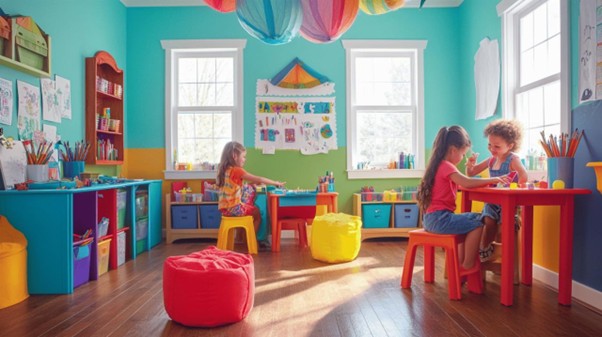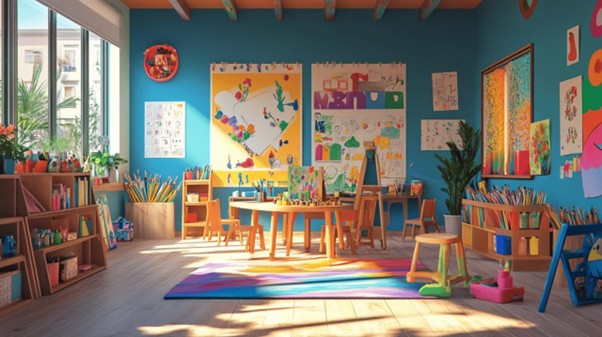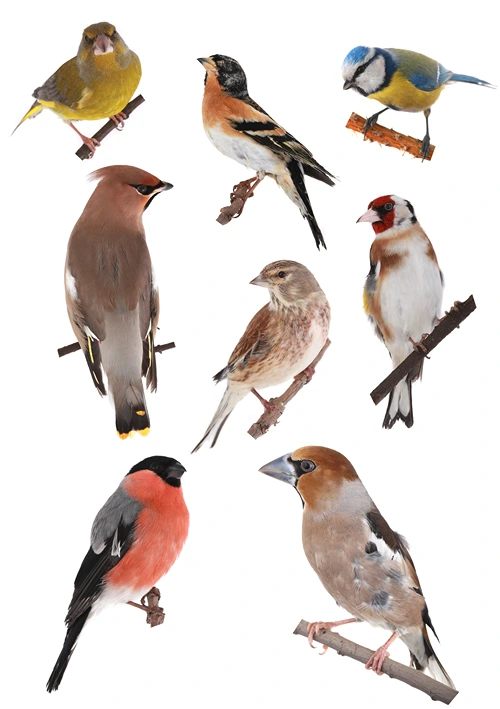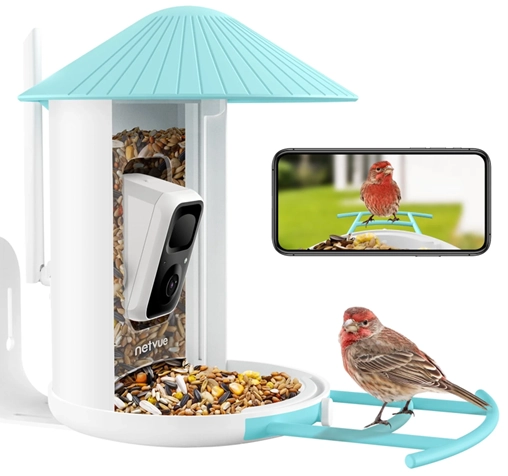Explore a World of Creativity with Free Printable Coloring Pages
Dive into an incredible realm where imagination meets paper! Free printable colouring pages offer endless opportunities for creative expression without costing a penny. Whether you’re looking to entertain children on a rainy afternoon or seeking a mindful activity for yourself, these artistic resources provide the perfect canvas for your creative whims.
With thousands of designs available at your fingertips, the world of colour awaits your personal touch.
Discovering the Vast Library of Costless Colouring Resources
The digital landscape is brimming with an impressive collection of free colouring sheets. Coloring pages have become increasingly popular, with some websites boasting collections of over 4,500 designs suitable for every age group and interest. These extensive libraries continue to grow, with new additions regularly appearing to reflect seasonal themes, popular characters, and artistic trends.
Where to Find Top-Notch Printables Without Spending a Penny
Finding quality printable colouring resources is surprisingly straightforward in today’s connected world. Many dedicated websites offer comprehensive collections that cater to diverse interests and age groups. These platforms typically feature user-friendly interfaces with search functionalities that help you quickly locate specific themes or characters. Most sites are available in multiple languages, making them accessible to colourists worldwide. The best resources also provide regular updates with fresh content, ensuring there’s always something new to discover and print.
Categorising the Different Styles Available for Your Printing Pleasure
The variety of colouring page styles is truly remarkable, spanning from simple outlines for young children to intricate patterns that challenge even the most skilled adult colourists. You’ll find an array of themes including animals, vehicles, cartoons, alphabet designs, fantasy creatures, holiday motifs, and cultural illustrations. Beyond traditional colouring pages, many sites offer educational variants such as colour-by-numbers, connect-the-dots activities, and word art that combines literacy with creativity. Some platforms even incorporate modern technology, offering AI tools that can transform your personal photos into custom colouring pages for a truly unique experience.
Unleashing artistic expression through complimentary colouring sheets
Free printable colouring pages serve as more than mere entertainment—they’re gateways to artistic expression, a tradition that goes far back in history. Young, old, or in between, anyone can access this creative force regardless of artistic background or financial constraints. These blank canvases invite personal interpretation through colour choices, shading techniques, and creative embellishments. Many enthusiasts find that what begins as a simple activity often evolves into a passionate hobby that encourages experimentation with various artistic approaches.

Techniques to Elevate Your Colouring Game Beyond the Basics
While colouring may seem straightforward, there are numerous techniques that can transform a simple outline into a masterpiece. Experimenting with different tools—from coloured pencils and markers to watercolours and pastels—can dramatically alter the final appearance of your work. Gradients, stippling, cross-hatching, and layering colours create depth and dimension that bring illustrations to life. Some colourists combine media for unique effects, perhaps using watercolours for backgrounds and fine markers for details. Others explore beyond the page by incorporating elements of papercraft, paper folding, or paper pricking patterns to create three-dimensional artworks from their coloured designs.
Mental wellbeing benefits of regular colouring sessions
The rising popularity of colouring activities extends beyond their artistic appeal—many people turn to colouring for its substantial mental health benefits. Engaging in focused colouring sessions helps reduce stress by providing a meditative activity that quiets mental chatter and promotes mindfulness. The repetitive, structured nature of colouring improves concentration and focus, offering a welcome respite from digital distractions. For many adults, colouring provides an accessible return to creative activities that might have been abandoned in childhood. This creative outlet fosters self-expression and a sense of accomplishment that boosts overall mood and wellbeing.
Perfect colouring activities for every age group
One of the most remarkable aspects of printable colouring pages is their universal appeal across generations. From toddlers making their first marks to seniors enjoying a relaxing pastime, colouring transcends age barriers while adapting to the changing needs and abilities of different life stages. This versatility makes colouring an excellent activity for family bonding, educational settings, and social gatherings where participants of varying ages can engage at their own comfort level.

Child-friendly designs that encourage development and fun
For younger colourists, specially designed pages offer more than entertainment—they support crucial developmental milestones. Simple outlines with larger spaces help toddlers practice their grip and motor control as they learn to hold crayons and stay within boundaries. Educational themes incorporate alphabet letters, numbers, shapes, and concepts that reinforce classroom learning through artistic engagement. Character-based pages featuring beloved cartoon figures captivate children’s attention while encouraging story creation and imaginative play. Parents and educators particularly value themed colouring activities that can be integrated into lessons about seasons, holidays, cultures, and special occasions.
Sophisticated patterns that appeal to adult colourists
The adult colouring phenomenon has inspired the creation of more complex designs that challenge mature artistic sensibilities. Intricate mandalas, detailed landscapes, abstract patterns, and realistic illustrations provide engaging canvases for sophisticated colour work. These advanced designs often incorporate finer lines and smaller spaces that demand precision and patience, creating a satisfyingly absorbing experience. Many adults gravitate toward thematic collections that reflect personal interests such as architecture, botanical illustrations, fantasy scenes, or inspirational quotes paired with decorative elements. These detailed colouring experiences offer a perfect balance of creative expression and structured activity that many find ideal for unwinding after demanding days.












